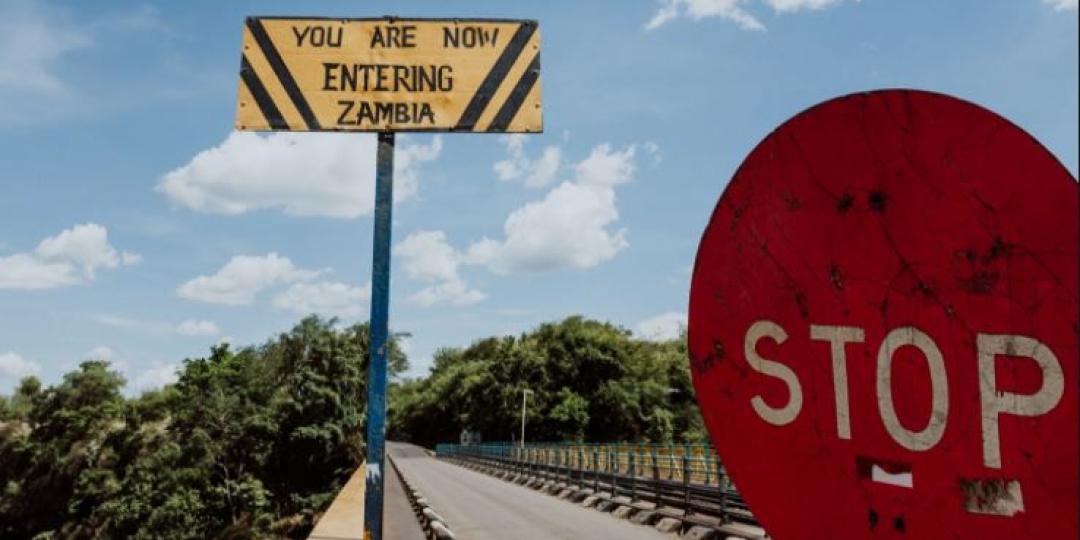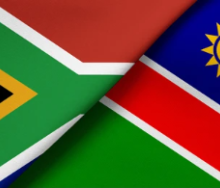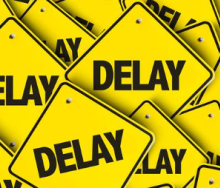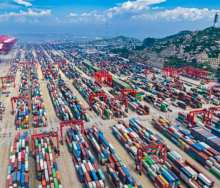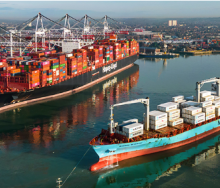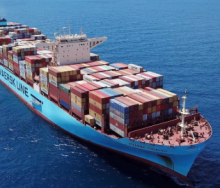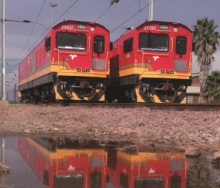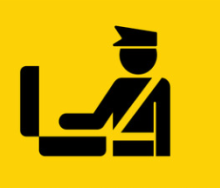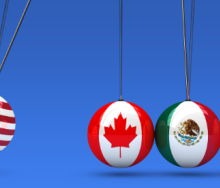There’s been a groundswell of opposition from the ranks of cross-border transporters ever since Zambia’s Road Development Agency (RDA) decided to prevent road hauliers from using the Livingstone-Vic Falls border with Zimbabwe from March 1.
According to Mike Fitzmaurice of the Federation of East and Southern African Road Transport Associations (Fesarta), the decision has been coming for a long time.
“Zambia feels it’s bad for tourism as that border is a single-lane bridge and is not really meant for high volumes and road freight which has been on the increase.”
Essentially it means logistics operators into the Copperbelt in Zambia and the Democratic Republic of the Congo (DRC) will have to cross the Zambezi at Kazungula, a treacherous ferry transit made incongruous by a brand new multimillion-dollar bridge that remains unused.
Fesarta’s chief executive said although it was widely understood why the RDA had taken the decision, it forced transporters to use the ferry despite many truck drivers not feeling safe to cross the river on pontoons.
“They don’t want to risk it and would rather use the Vic Falls-Livingstone crossing as they believe it’s safer.”
Their fears are not unfounded considering that last November two trucks slipped off the ferry less than two weeks apart after safety precautions failed or weren’t properly put in place.
“They’re even less likely to do it now because it’s rainy season and the Zambezi is in flood.”
A source transporting bulk liquid across the region said the decision was particularly bad for hauliers based in Zimbabwe sending shipments to the Copperbelt.
“Imagine you transport coal from Hwange in Zimbabwe to the mines in the south-eastern DRC. You now have to cross into Botswana and then cross back into Zambia when previously you could just cross the gorge at Vic Falls.”
Apart from the road to Pandamatenga, which is probably under water, said the source whose name is known to Freight News, the four-way border junction where Botswana, Namibia, Zambia and Zimbabwe meet is a costly transit point crowded with some of the customs areas mere kilometres apart.
As for Copperbelt hauliers travelling to the Port of Walvis Bay and back, they will have to consider the Katima Mulilo-Sesheke border crossing between Namibia and Zambia.
Unfortunately the M10 road from Sesheke to Kazungula is notoriously bad.
Where once tar cut a path through the bush, potholes now spread closer together, making the road so unpassable it could take up to four hours to do just over 130 kilometres, the bulk haulage source said.
The only hope that transporters had, Fitzmaurice remarked, was that the Kazungula Bridge opened to traffic soon (see related story posted today).
